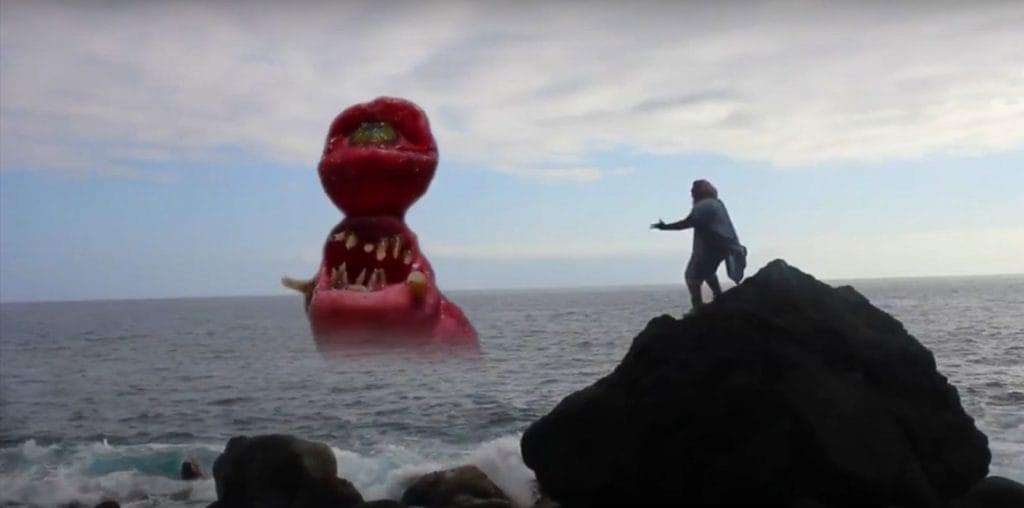
Writer/Director Mike Figgis has used the triumphs of his film “Leaving Las Vegas” to launch this project, originating as a potential performance art piece from the early ’80’s (He was hired on for “One Night Stand”). Usually, when a great director comes off of a great commercial and artistic triumph, convinced of their genius, he or she will use their newfound clout to launch some difficult, esoteric work that would never get launched, otherwise. The end result is often the loss of their newfound clout. Has Figgis committed career suicide? Has he created a [shudder]…ART FILM?
Let’s go through the checklist: ^ 1. Director also acts as writer (to fulfill auteur theory). ^ CHECK ^ 2. Uses Non-linear narrative with only implied connections between scenes. ^ CHECK ^ 3. Depicts effects of childhood trauma. ^ CHECK ^ 4. Displays gratuitous frontal female nudity. ^ CHECK, YEAH ^ 5. Displays gratuitous frontal male nudity. ^ OH CHECK ^ 6. Employs gratuitous Bible analogy. ^ CHECK ^ 7. Employs absurd, surrealist dream sequences. ^ BIG CHECK ^ 8. Displays gratuitous sexual foibles of repressed, white Englishman. ^ BIG, BIG CHECK ^ BONUS: It’s kind of slow. DING! DING! DING!
It would appear that we have an art film. What is it about? To the best of my comprehension, we visit some of the defining events in the life of Nic (as adult, Julian Sands). These events are contrasted with the assumed appearance of Adam (Femi Ogumbanjo) and Eve (Hanne Klintoe) in the Garden of Eden, and their unfortunate exit strategy. We also meet a few other characters that intersect Nic’s life.
With little or no dialogue, and only oblique title cards between segments, the viewer must do some work to make any sense of the whole thing. It reminded me of studying the “Theater of Cruelty” in college, when I had to deconstruct heavily symbolic plays written by a guy who spent most of his life in asylums (On “Jet of Blood”, I could understand frogs falling from the sky, I just couldn’t explain why there were exactly five of them). To increase the incomprehension, Nic is played at ages 5 (John Cowey), 12 (George Moktar), 16 (Jonathan Rhys-Meyers), and adult (Sands) by four actors that don’t even look alike.
Still, there’s some darn poignant stuff going on here. Figgis has several themes to explore, such as the ramifications of knowledge and how children learn cruelty. The problem is that the audience will try to connect everything to the explicit Eden analogy, and not everything will. The director wins points for enticing you to figure it out, though, and I did enjoy it. Now if I could only figure out what he meant by the twins….
